NABCEP takeaways: ESS code concerns, V2X outlook, C&I sales pitch, and four cool products

Solar pros are navigating a variety of conundrums and contradictions right now. Products are able to perform many functions, and are tested and listed to standards to perform those functions. But then an AHJ pushes back. Or a utility disincentivizes or restricts that function. Or an upcoming code tweak adds just a bit more confusion. The NABCEP Continuing Education Conference is a must for any solar installation professional navigating this labyrinth.
At the annual NABCEP show, solar pros can go in-depth on products, rediscover a practical solution to a current problem, and just generally find out what the heck they can and can’t do now. The 2025 edition of the NABCEP CE took place March 24-27 in Reno, Nevada, and I have a lot of notes! Here are some highlights from my conversations with vendors and the sessions I attended. I’ll be exploring these topics in more depth in the coming months, so make sure to renew your free subscription to Solar Builder:
FEMA proposal is back, aimed at ESS
The most important information relayed during the week is the return of the dreaded “FEMA proposal.” In 2022, this proposal sought to change International Building Code so that solar PV would be Risk Category 4. Industry argued against it and won, but now that proposal has returned, and this time it is coming for battery energy storage systems (BESS). Read more about that here.
Great idea: The demand charge ESS pitch
John-Ross Cromer from Sol-Ark made a compelling pitch for selling and installing energy storage systems to commercial customers in the 400 to 800 amp range to just perform peak demand shaving (and possibly partial backup). Demand charges are often the costliest part of an electric bill for certain C&I buildings. Many of these charges are incurred by load spikes for one or two hours in a day.
“There’s a lot of low hanging fruit in demand markets,” he says. “Just look at an electric bill. If that bill is half demand charge, that’s a good candidate. If energy is most of the charge, then solar is more valuable.”
Cromer argues that starting small and just selling one 30 kW inverter with one battery cabinet for ~$60,000, could shave those peaks and show and ROI of 3 or 4 years. One Solar-Ark battery cabinet equates to 40 kWh indoor, 60 kWh outdoor (208V) or 60 kWh indoor / 60 kWh outdoor (480V). At the same time, you’re gathering more granular data. By the time that first small system has paid for itself, you could make a more compelling case for adding more batteries for backup, or solar to reduce baseload costs, now that you really know the load profile.
Another key point: “Load side connections of small commercial ESS can dramatically speed up the project development cycle, and it supports grid services to the entire building while adding backup to one or two sub panels. Because small systems add peak shaving and backup, longer payback windows can be tolerated by the client compared to peak shaving alone.”
Backing up just the most important subpanels with a small battery derisks the project compared to whole building backup with a large battery, while often having faster payback times due to reverse economies of scale associated with peak shaving.
Alleviating the ESS MESS
Jeff Spies, president of Planet Plan Sets, and author of our Lithium Battery MESS article, believes the problem he highlighted in that article of unpermitted, unlisted batteries being connected to premises wiring continues to get worse. “I’d anecdotally estimate 10% to 15% of residential batteries are unpermitted, connected to premises wiring.”
Installing unlisted batteries is unacceptable. But, you can feel the frustration among solar pros regarding ESS permitting hurdles. The subject matter experts at NABCEP all agree that the code has caught up, and UL 9540 listed battery systems are tested and proven. And yet the pushback from AHJs regarding “large-scale fire testing” isn’t going away, and could even get worse based on 2026 NEC code language. Until then, here are some other points of emphasis to keep in mind:
Sizing grid-tied ESS to 702 (the summation of all loads in the panel). If this is a must in your jurisdiction, attendees were encouraged to look to the 2026 NEC for the solution for sizing ESS to the full load under 702. A test will be included in UL 3141 to evaluate an ESS in an overload condition to ensure that the system will operate safely and not damage loads. We reported on that initially here.
Minimum spacing ESS beyond 9540 requirements. ESS manufacturers can complete the 9540A test with closer spacing of battery units to prove the ESS is capable of exceeding the 3 ft minimum in NFPA 855 and earn a UL 9540 listing to those specifications. And many have. However, that information has been tough to parse in the documentation. That is about to change thanks to UL 9540 Annex H. This is a standardized template, required as of March 7, for manufacturers to list all of that pertinent information for installers and AHJs. No new tests required – just better (concise) documentation on what is already true.
(Sidenote: I also find it funny that there is all this fretting about ESS system sizing for 9540, and barrier protection and smoke / fire alarm system wiring, and yet you could drive another 120 kWh into the space and no cares how you do it. Speaking of which ….)
Vehicle to nowhere
I attended a few sessions on bidirectional EV charging. My broad takeaway on V2X (vehicle to grid / vehicle to anything) is that it is nowhere near happening in a meaningful way. Which is frustrating because it has nothing to do with current technology’s ability to perform the necessary grid functions. As Michael Hart with Tesla said in one panel on the subject, with PV inverters “a lot of work has been done for grid interconnection and grid performance through UL 1741, and IEEE that give us that pathway.”
There’s a standard being developed that’s not published yet, 1741 SC, for bidirectional standards for AC V2G. It is specific to a car that has an SAE J3072 inverter and a listed oversight device that monitors the grid performance functions and will shut off if the vehicle goes outside of those functions.
That is good, but publishing a standard isn’t enough for V2X. Utilities really need to get on board with this new framework, and, well, I have my doubts.
Anyway, don’t get distracted by V2X. Think more about how to more simply install EV charging and manage EV charging, while avoiding service upgrades. There are still practical ways for customers to utilize their EVs in V2L (vehicle to load) or V2H (vehicle to home) applications.
Generator ports are great way to do V2L. “We’ll work with several ESS companies to find practical ways for people to really accomplish the vehicle to home type of connection, and it’s often the simplest and the most obvious solution that works,” noted Barry Cinnamon, owner of Cinnamon Energy Systems.
He shows one such example in this video, taking advantage of the generator port available on FranklinWH system:
Four nifty innovations
Solar installers often have to use tools and equipment from other trades and adapt them to suit our needs. SolarToolsUSA launched in 2014 to change that. One nifty new tool I saw on their table at the NABCEP conference was this PV Connector Assembly Tool.
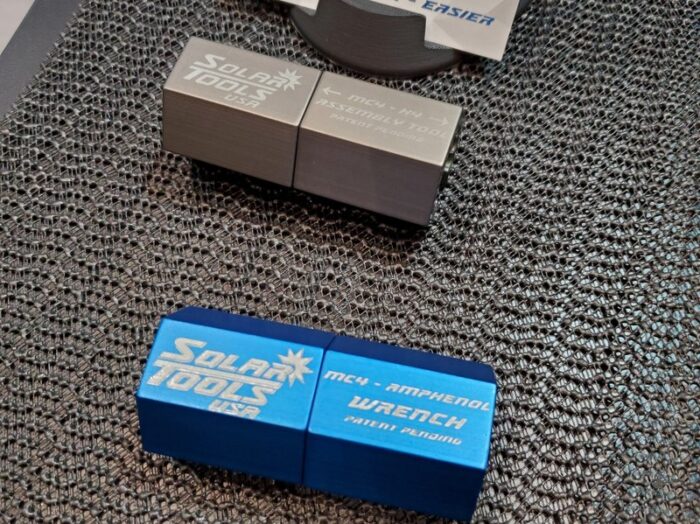
PV connectors are one of the most common causes of workmanship error, either from over torquing or from cross-mating connections. What’s cool about this PV Connector Assembly Tool is it has two ends, one for Staubli MC4 connectors and the other for Amphenol H4 connectors. Built-in magnets keep the two parts of the tool securely together when not in use, preventing loss. The aluminum body prevents stripping, and it is specifically designed to eliminate the risk of overtightening. Its compact design is perfect for easy handling and storage.
And FYI: Gen 2 of this tool is in the works. When ready, it will not only provide pre-tightening capabilities but address proper torque settings as well.
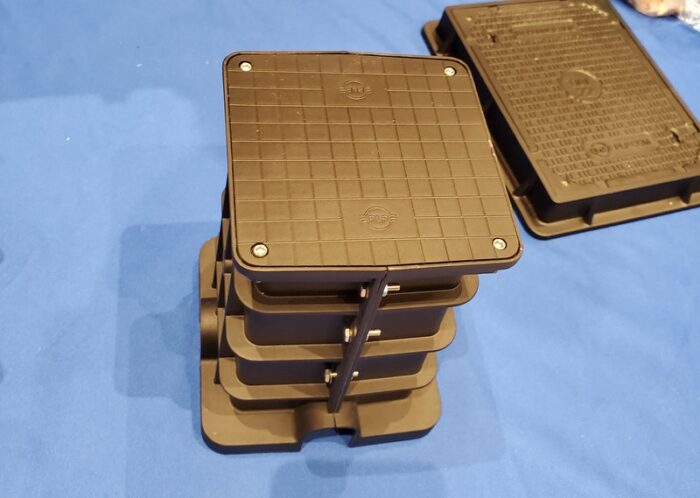
Preformed Line Products (PLP) has a neat pre-fabricated infrastructure solution for EV charging stations that avoids pouring and curing (and waiting for) concrete. The EV Charging Station Foundation’s design adapts to fit a wide range of chargers and charger pedestals / poles currently on the market. Tamp it into place and simply fill around it with gravel. The aluminum top plate provides a clean finish, is easy to drill, and is an access point for repairs and future upgrades. See more detailed installation instructions here.
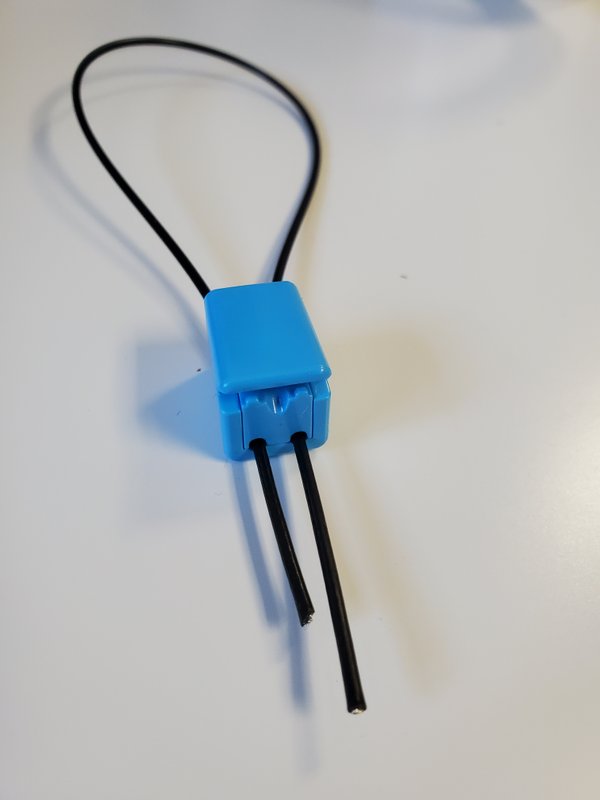
EZ Solar is most known for its variety of junction boxes, but the manufacturer has some compelling wire and cable management products now too. The CableLoc stands out because it is built to outlast plastic zip ties, while being easier to use than other wire management options – while also being UL 3741 compliant. With a round stainless-steel core and polymer jacket, it is gentle on wires. Its patent-pending fastening and slack storage features remove the need for tools.
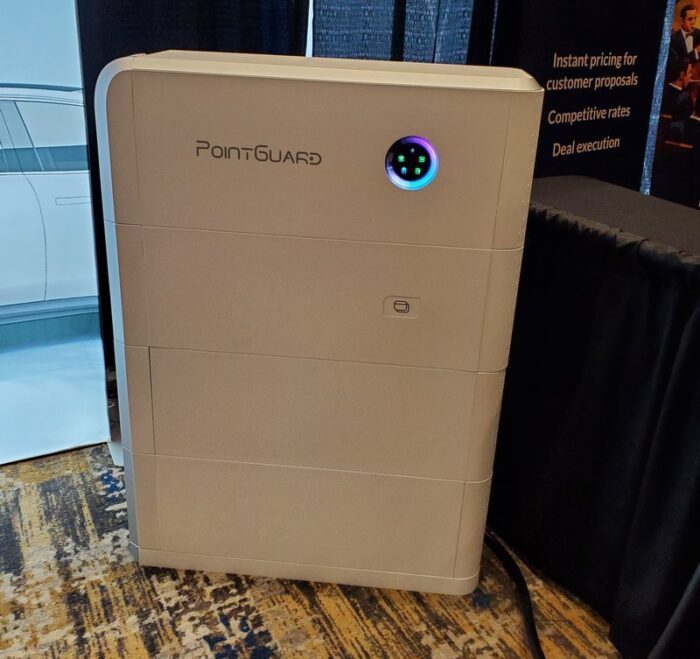
I’ll end this NABCEP recap where my journey began: An overview of a new feature for the ultra-cool PointGuard battery system. PointGuard is still in its early stages, but it is feature-rich in terms of both safety and power. The modularity is great. Each battery module stacks on top of the next and connects via floating pin connection. Those units are then topped off with the controller, which includes the battery management system, energy management system / power control system, and rapid shutdown. The PointGuard is also decked out in safety features, including internal fire extinguishers.
The nifty new feature launching next month is the bidirectional DC EV charger unit that can be stacked right on top of the battery modules. It might be the first ESS with an integrated DC charger. “Because we have our DC bus, we can start the conversation with a 25 kW charge and discharge. Our output voltage for this unit will be using 150V to 1,000V, using our internal bus. We’ll be able to get 80 amps out of this at that voltage. And then we’re going to operate in the two largest connector styles right now, CCS and NACS,” the PointGuard team noted. The V2X module will be able to charge EVs from solar, batteries and the grid to start, but a solar-only charging option will soon follow.

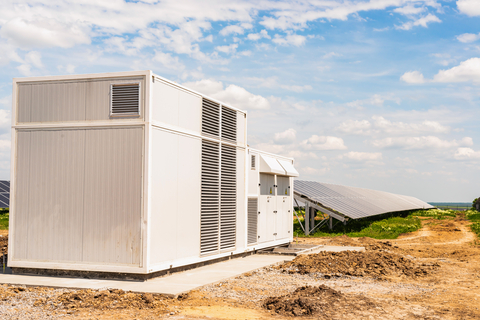



Comments are closed here.